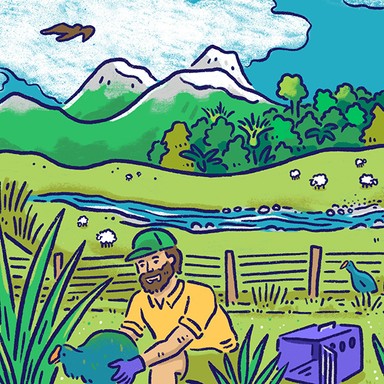
Greater Wellington Regional Council

Rates and revenue
The work of local government is funded mainly by property taxes in the local area, known as rates. This makes up around 60% of council expenditure, with the rest coming from user charges, investment income, regulatory fees and roading subsidies. Councils can also borrow money to spread the cost of large investments such as infrastructure over a longer period of time.

Rates and revenue
The work of local government is funded mainly by property taxes in the local area, known as rates. This makes up around 60% of council expenditure, with the rest coming from user charges, investment income, regulatory fees and roading subsidies. Councils can also borrow money to spread the cost of large investments such as infrastructure over a longer period of time.
Ensure that regional rates are spent regionally – so Kāpiti sees our fair share.
Actively seek opportunities for central government funding to lessen the burden on local rates, particularly for large capital projects.
Keep publicly owned assets just that – publicly owned.
Review financial policies to fair distribution of rates.
Review financial policies for targeted rates, such as pest management.
Review resource consent costs.
Ensure that regional rates are spent regionally – so Kāpiti sees our fair share.
Actively seek opportunities for central government funding to lessen the burden on local rates, particularly for large capital projects.
Keep publicly owned assets just that – publicly owned.
Review financial policies to fair distribution of rates.
Review financial policies for targeted rates, such as pest management.
Review resource consent costs.
Mayor
Compare the mayoral candidates in your area
Local council
Compare the candidates for your city or district council
Regional council
Compare the candidates for your regional council
Local board
Compare the candidates for your local or community board






